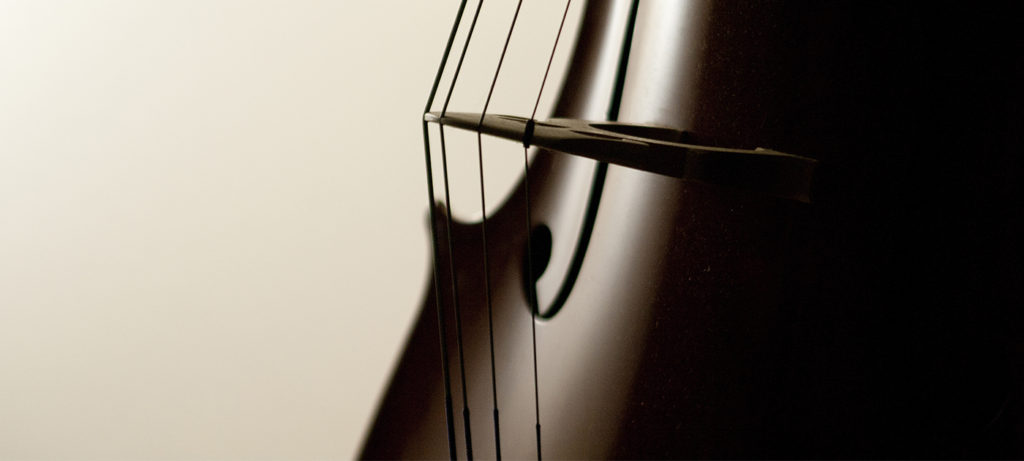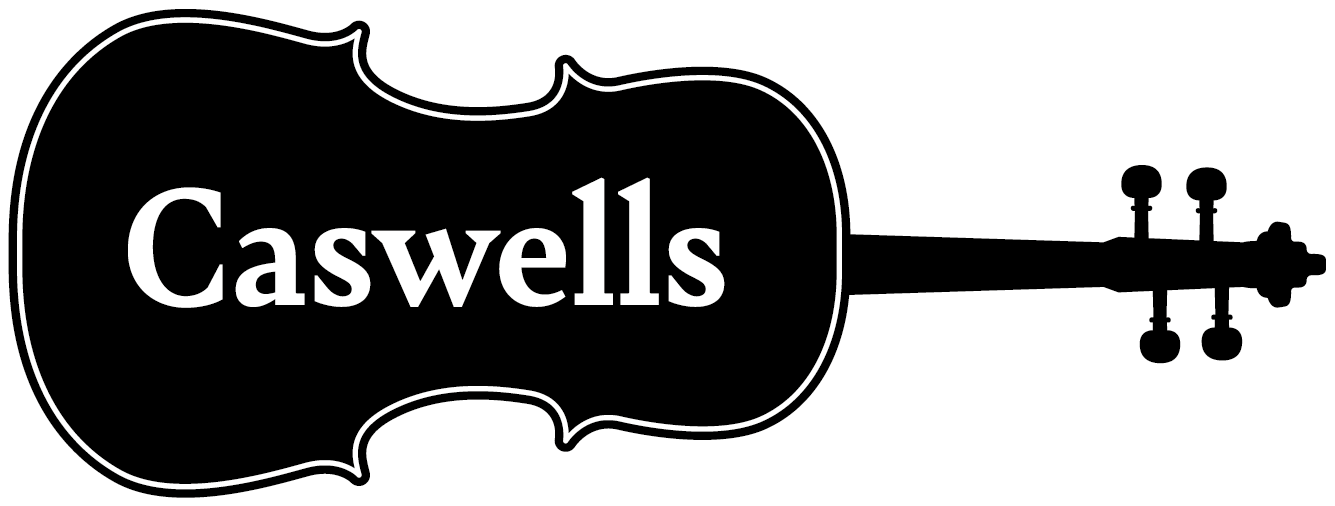Why Do E-Strings Have a Choice of Loop End or Ball End?

One of the first question we ask customers ordering E strings is ‘Do you want a loop or a ball end?’ – which question can be very confusing for new players and parents. Experienced players all have their preferences and there is a slight tonal difference, in that the loop type string end offers a slightly more rounded sound due to end length.
The lower 3 strings on Violins and Violas (GDA and CGD) are generally all ball-ended, so there is no confusion there. This ball slips neatly into the normal tailpiece, or between the two prongs of a fine tuner. The E string and some Viola A’s, however, are offered with the choice of a ball, or a loop end for the reason mentioned above. In fact, some modern strings have a removable ball end so that either choice can be made.
So Which One To Use?
For student instruments, the choice is invariably a ball end because they attach securely and are reputed to be long-lasting. The use of an integrated fine-tune tailpiece or added two-prong fine tuners facilitate this and make fitting a new string for players an easier operation.
The use of the loop end option would normally be on more expensive strings and coupled with a fine adjuster of an English/hill single prong style. It has always been thought that the loop end strings break easier, but this is more likely due to a rough-edged fine tuner – and we do offer a tiny slip-on grommet which solves the problem!
Lastly, some of the older gut-core strings such as Pirastro Chorda, instead of a ball, have a knot on the GDA, which serves the same purpose.




However if you have Geared Pegs, then you can eliminate fine tuners from the tailpiece & get away w/ using all ball end strings. Sometimes the ball end can go over the hook on a loop end fine tuner & this is actually less likely to break the 1st string especially if the fine tuner hook is sharp.